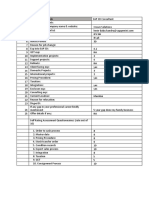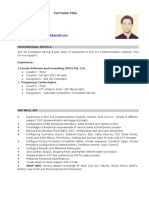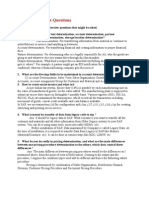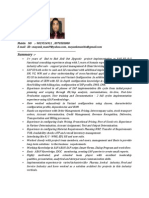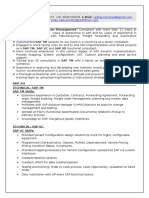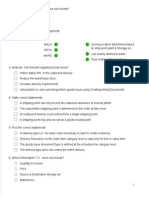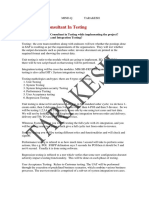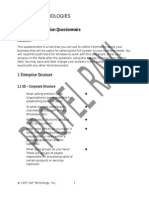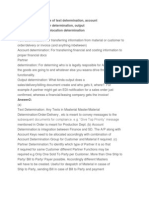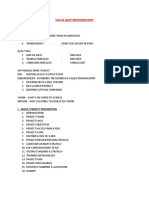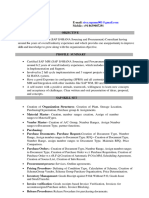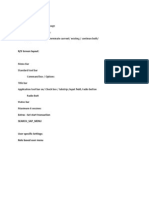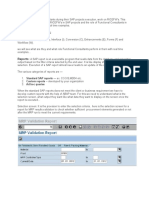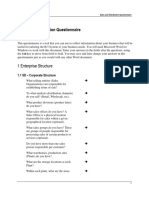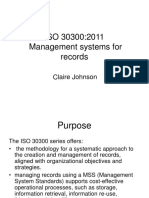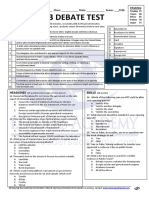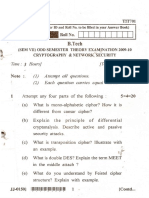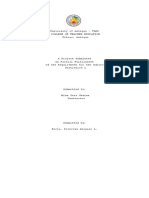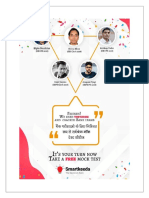0% found this document useful (0 votes)
35 views15 pagesSAP Interview
This document is a comprehensive SAP SD L2 Support Interview Guide containing 25 real-life scenario-based questions with detailed troubleshooting steps and configuration guidance. It covers various topics such as delivery document creation, invoice posting issues, tax calculation, pricing discrepancies, and customer-specific discounts, providing practical tips for each scenario. The guide is designed to help candidates prepare for interviews in MNCs by offering insights into common problems and their resolutions in SAP SD.
Uploaded by
sandybidar65Copyright
© © All Rights Reserved
We take content rights seriously. If you suspect this is your content, claim it here.
Available Formats
Download as PDF, TXT or read online on Scribd
0% found this document useful (0 votes)
35 views15 pagesSAP Interview
This document is a comprehensive SAP SD L2 Support Interview Guide containing 25 real-life scenario-based questions with detailed troubleshooting steps and configuration guidance. It covers various topics such as delivery document creation, invoice posting issues, tax calculation, pricing discrepancies, and customer-specific discounts, providing practical tips for each scenario. The guide is designed to help candidates prepare for interviews in MNCs by offering insights into common problems and their resolutions in SAP SD.
Uploaded by
sandybidar65Copyright
© © All Rights Reserved
We take content rights seriously. If you suspect this is your content, claim it here.
Available Formats
Download as PDF, TXT or read online on Scribd
/ 15



